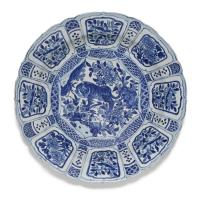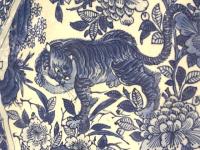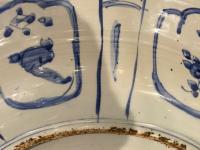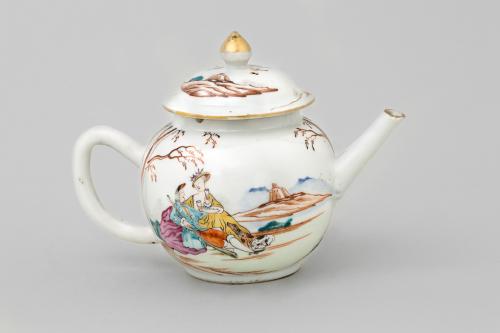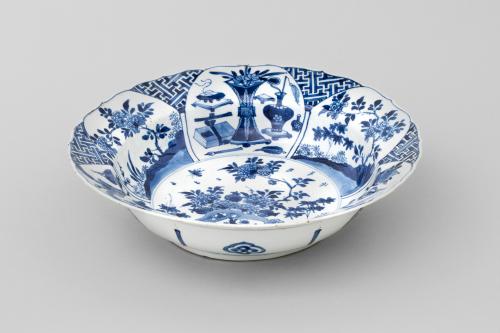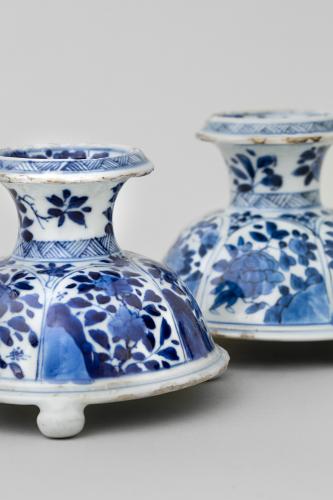
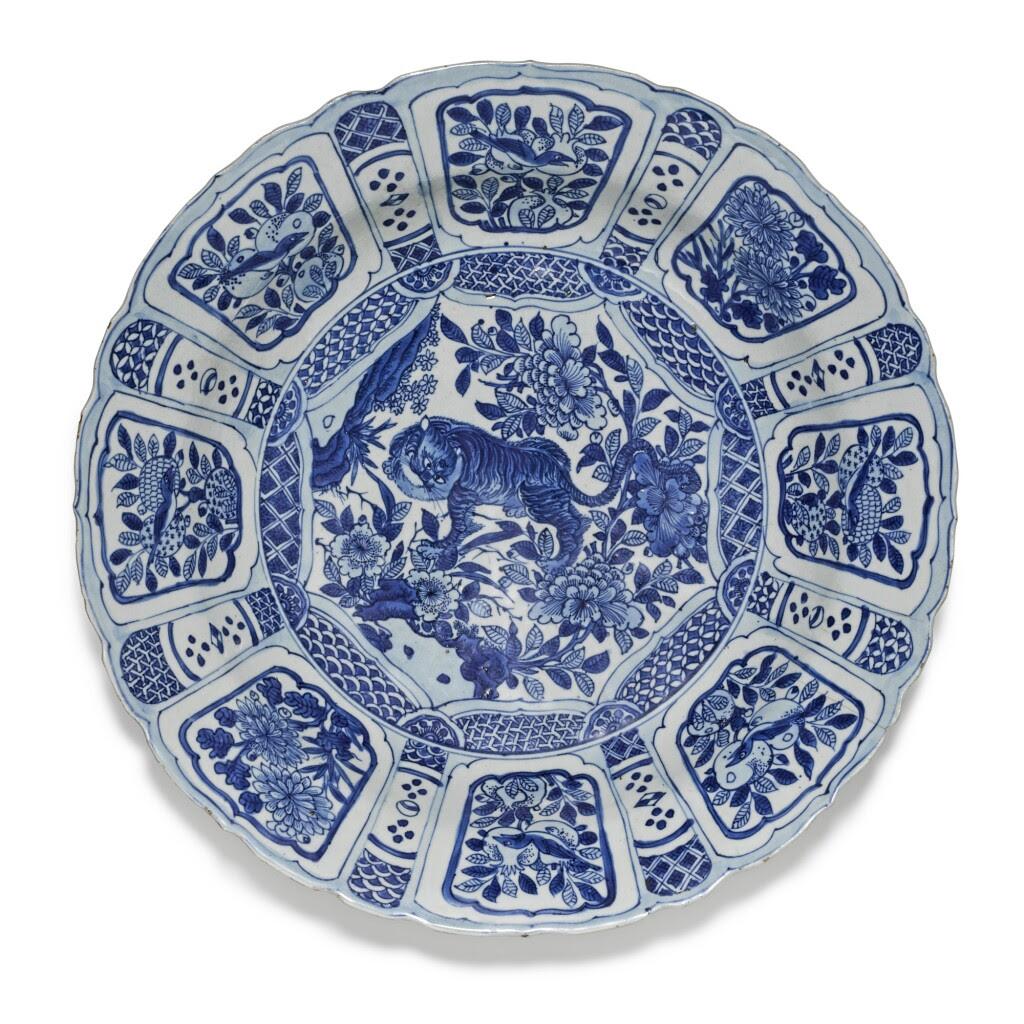
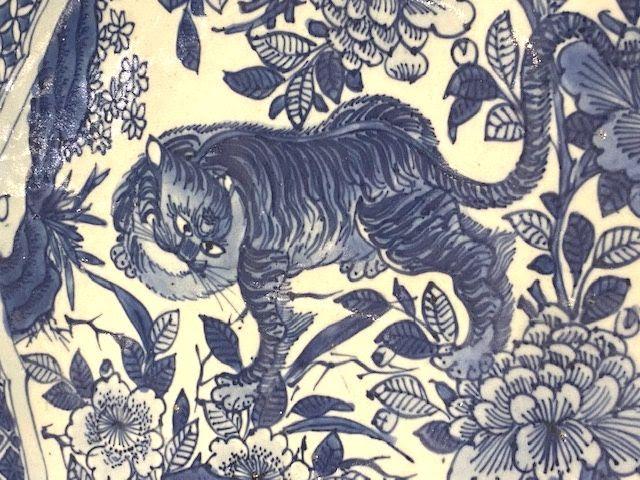
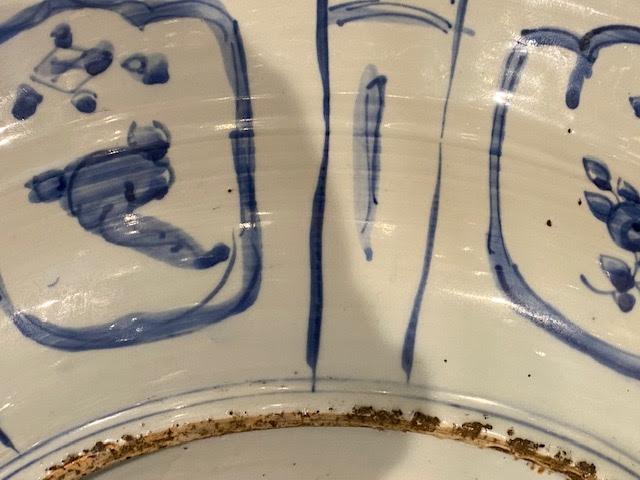
Price on application
This object is eligible for a Certificate of BADA Provenance
The BADA Standard
- Since 1918, BADA has been the leading association for the antiques and fine art trade
- Members are elected for their knowledge, integrity and quality of stock
- Our clients are protected by BADA’s code of conduct
- Our dealers’ membership is reviewed and renewed annually
- Bada.org is a non-profit site: clients deal directly with members and they pay no hidden fees
A Rare and Fine Chinese Kraak Charger.
Of circular form with well defined foliate rim, richly decorated in bright shades of underglaze blue, the centre painted with a prowling tiger, the stripes finely delineated, the head turned, and the tail raised, it crouches among well-drawn peony and prunus blossoms and is encircled by eight cartouches, each containing a pattern, including fish-scale and diamond work, the wide rim and cavetto are further decorated with eight wide panels, each containing alternately birds, chrysanthemum, pomegranate, and peach, with slender panels separating each one decorated with sylised ‘hanging chimes’, the reverse decorated with eight further panels, each expressively decorated to evoke fruit, flowers and birds, the base glazed.
Period: Ming Dynasty, Wanli Period (1572 – 1620).
Footnote: This splendid kraakware charger shares a border pattern with one illustrated in Maura Rinaldi’s em>Kraak Porcelain - A Moment in the History of Trade, Bamboo Publishing Ltd, London 1989, pl 87, p.99. The border pattern of a piece of kraakware is instrumental to accurately dating it, and Rinaldi dates hers to c.1595-1610. The border of the present and Rinaldi’s charger consists of large panels containing elaborately painted flowers (both feature chrysanthemum), fruit (pomegranate and peach) and birds, as well as a diaper border around the central medallion.
Of objects with this border, Rinaldi writes that, unusually, there are about fifteen Kraak dishes that have figure decoration in the Topkapi Saray Collection. This is an unexpected place for them to be because the Ottoman Empire, adhering to Muslim law, forbade depictions of humans in its art. However, these are all with decoration of people, there are none with this border depicting a tiger.
Dimensions
Diameter: 47 cm, 18½ in.Stock number
BG99The BADA Standard
- Since 1918, BADA has been the leading association for the antiques and fine art trade
- Members are elected for their knowledge, integrity and quality of stock
- Our clients are protected by BADA’s code of conduct
- Our dealers’ membership is reviewed and renewed annually
- Bada.org is a non-profit site: clients deal directly with members and they pay no hidden fees


